Introduction to Belly Dump Trailers
Belly dump trailers represent a pivotal component in the realm of heavy-duty transportation, especially in industries such as construction, agriculture, and mining. Their unique design allows for efficient unloading of materials, making them ideal for various applications. In this article, we will delve deeply into the specifications of belly dump trailers, notably their lengths and dimensions, while also addressing common questions and considerations for prospective buyers and users.
What is a Belly Dump Trailer?
A belly dump trailer is a type of semi-trailer that features a distinctive design allowing it to discharge cargo from its belly, or bottom section. This mechanism can showcase either a single, large gate or dual gates that can be opened independently. The primary advantage of belly dump trailers lies in their ability to spread materials evenly over a large area, making them particularly useful for projects requiring precise material placement.

Key Specifications and Dimensions
When considering belly dump trailers, dimensions and specifications play a crucial role in determining suitability for various tasks. Here’s a comprehensive breakdown.
| Dimension | Details |
|---|---|
| Length | Typically between 28 to 40 feet |
| Width | Standard width: 102 inches |
| Height | Varies; approximately 13.5 feet |
| Weight Capacity | Up to 40,000 pounds (or more, depending on the model) |
| Payload Volume | Ranges from 25 to 35 cubic yards |
Variations in Lengths
The length of belly dump trailers can significantly affect their usability and effectiveness in various scenarios. Below are the common lengths available:
28-Foot Belly Dump Trailers
- Ideal for projects with confined spaces.
- Easier to maneuver compared to longer models.
32-Foot Belly Dump Trailers
- A balance between maneuverability and capacity.
- Commonly used in urban construction projects.
36-Foot Belly Dump Trailers
- Offers increased payload volume.
- Suitable for larger scale deliveries where space permits.
40-Foot Belly Dump Trailers
- Provides maximum hauling capability.
- Most suited for extensive construction sites or mining operations.
How to Choose the Right Size Belly Dump Trailer?
When selecting a belly dump trailer, several factors should be considered to ensure maximum efficiency and convenience:
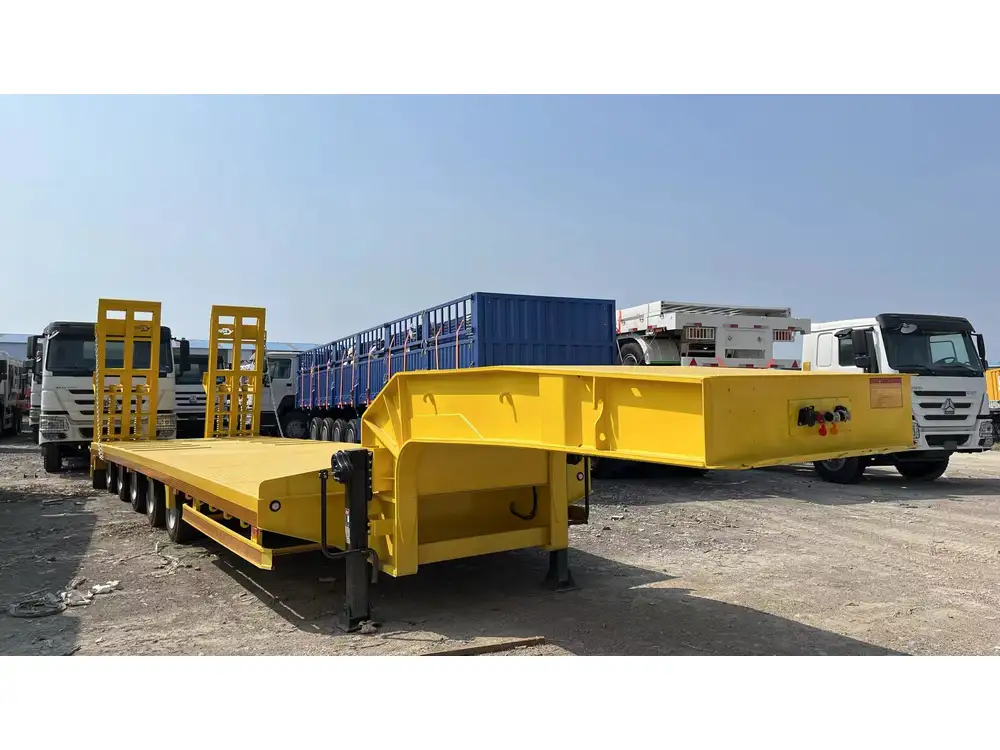
1. Project Requirements
Evaluate the nature of the materials being transported. Is it gravel, sand, or aggregates? The size and type of materials will determine the required capacity and, consequently, the trailer size.
2. Maneuverability Needs
Consider the worksite’s layout. Tight spaces or urban environments may necessitate a smaller trailer size to ensure easy navigation and operation.
3. Weight Restrictions
Be aware of the weight limits in your region, particularly if traveling on public roads. Proper compliance ensures safety and avoids penalties, making weight an essential aspect of your purchasing decision.
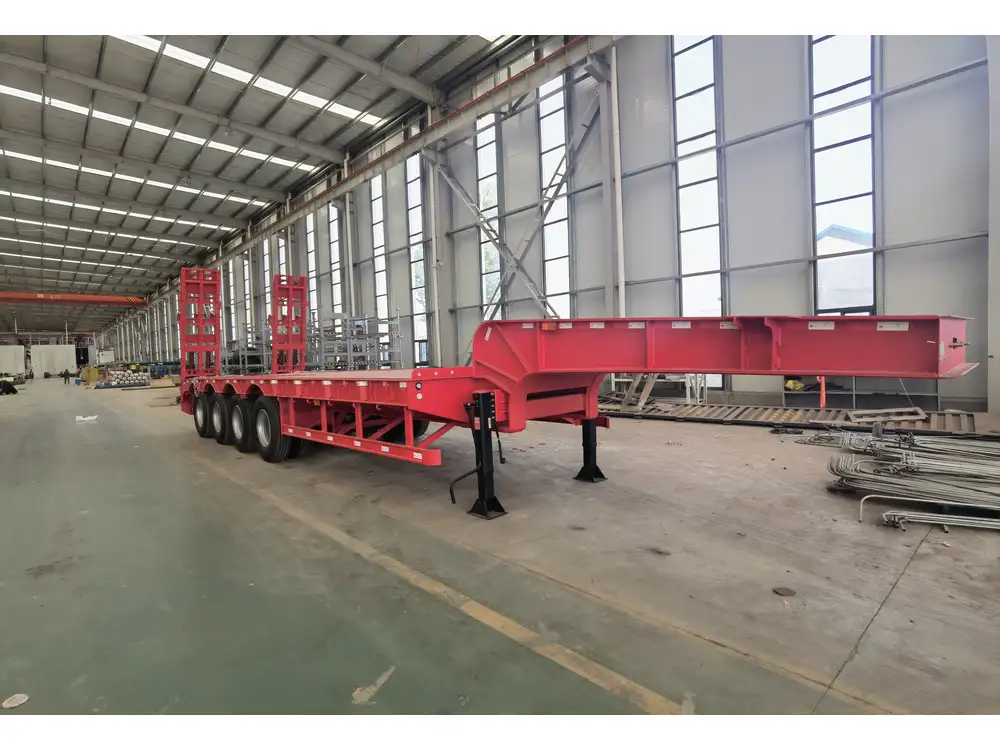
4. Material Type
Different materials have varying unloading characteristics. For example, certain granules may flow better from a larger opening, while heavier substances may require a more robust trailer.
Features of Belly Dump Trailers
Self-Unloading Mechanism
Belly dump trailers utilize a hydraulically operated system for unloading cargo, making the process far more efficient than manual unloading. The mechanism allows for quick discharges, essential in fast-paced construction environments.

Dual Gate Design
Many belly dump trailers feature dual gates that can operate independently, allowing for precise material placement. This feature is particularly beneficial in road construction where distributed loads are necessary.
Robust Construction
Built to withstand harsh environments and heavy loads, belly dump trailers are often constructed from high-strength steel, allowing them to endure the rigors of daily use without compromising safety or performance.
Ease of Maintenance
With relatively fewer moving parts compared to other trailer types, belly dump trailers tend to require less maintenance. Their simpler design aids operators in performing routine checks and repairs, enhancing longevity.

Common Applications for Belly Dump Trailers
Belly dump trailers are extensively utilized across various sectors, and understanding their applications can guide efficiency in operations:
Construction Industry
In construction, belly dump trailers excel at transporting aggregate materials like sand, gravel, and asphalt. The ability to offload material quickly and effectively makes these trailers indispensable on large construction sites.
Agricultural Use
Farmers often utilize belly dump trailers for distributing feed or fertilizers. Their ability to unload quickly allows operations to maintain productivity while ensuring proper material placement.

Mining Operations
Mining operations regularly employ belly dump trailers to transport bulk materials such as sand, ore, and aggregates. The robust design and high payload capacity facilitate efficient hauling in rugged conditions.
Benefits of Using Belly Dump Trailers
Enhanced Efficiency
The ability to unload materials quickly and efficiently makes belly dump trailers a favorite among contractors looking to save time and labor costs.
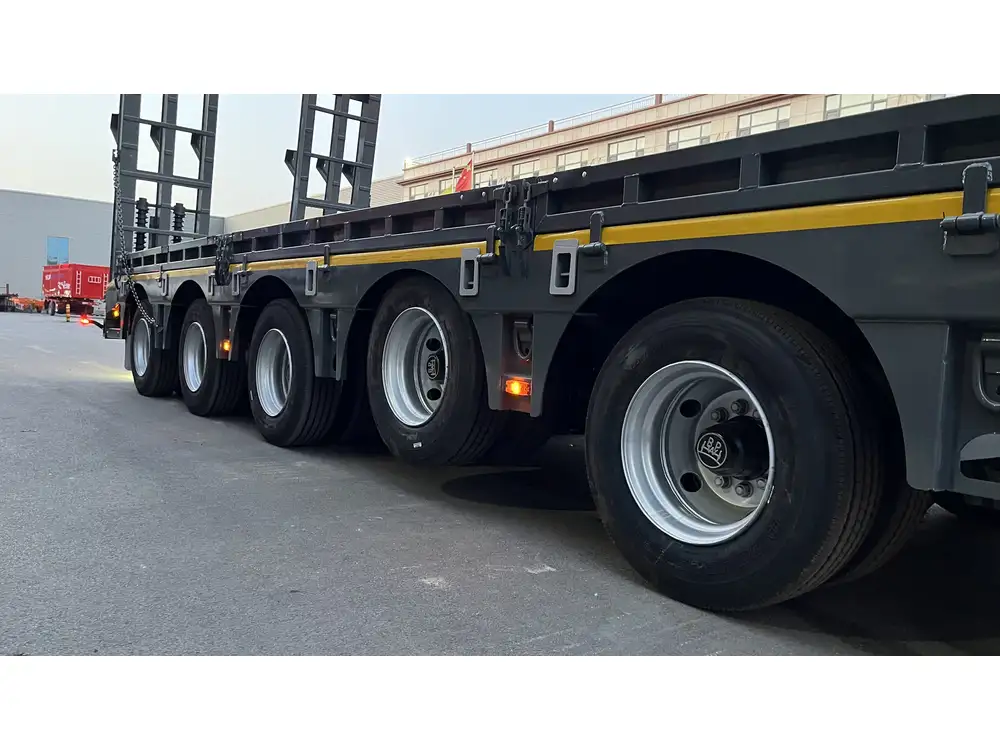
Versatile Applications
Their multifaceted design allows belly dump trailers to be used across various industries, providing a significant return on investment.
Improved Load Distribution
With the capability to discharge on-the-go or in a precise manner, belly dump trailers ensure controlled load placement, crucial for projects requiring strict specifications.
Frequently Asked Questions
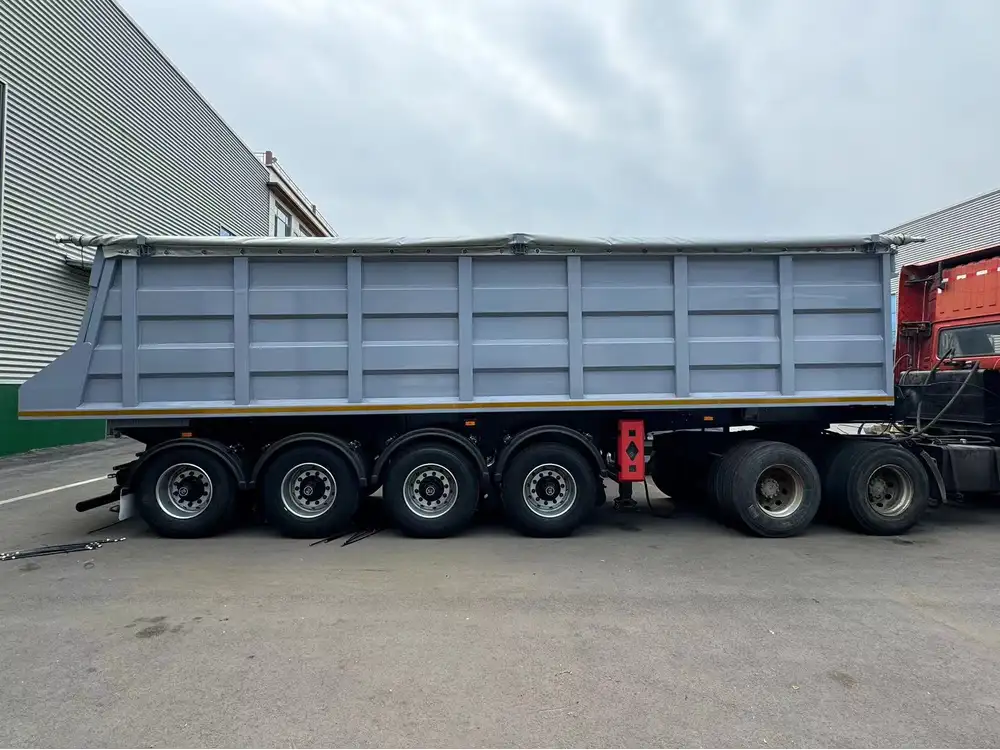
How Long is a Belly Dump Trailer on Average?
The average length typically ranges from 28 to 40 feet, with most common sizes being 32 and 36 feet. The exact length required can depend on your specific application and maneuverability needs.
Do Belly Dump Trailers Come in Custom Sizes?
Yes, manufacturers often offer customization options for belly dump trailers. Custom sizes can enable you to meet unique operational requirements or specific project dimensions that standard models may not accommodate.
What is the Weight of a Belly Dump Trailer?
Most belly dump trailers weigh between 10,000 and 15,000 pounds on their own, depending on the size and construction materials. Always consider the Gross Vehicle Weight Rating (GVWR) when calculating potential payload.
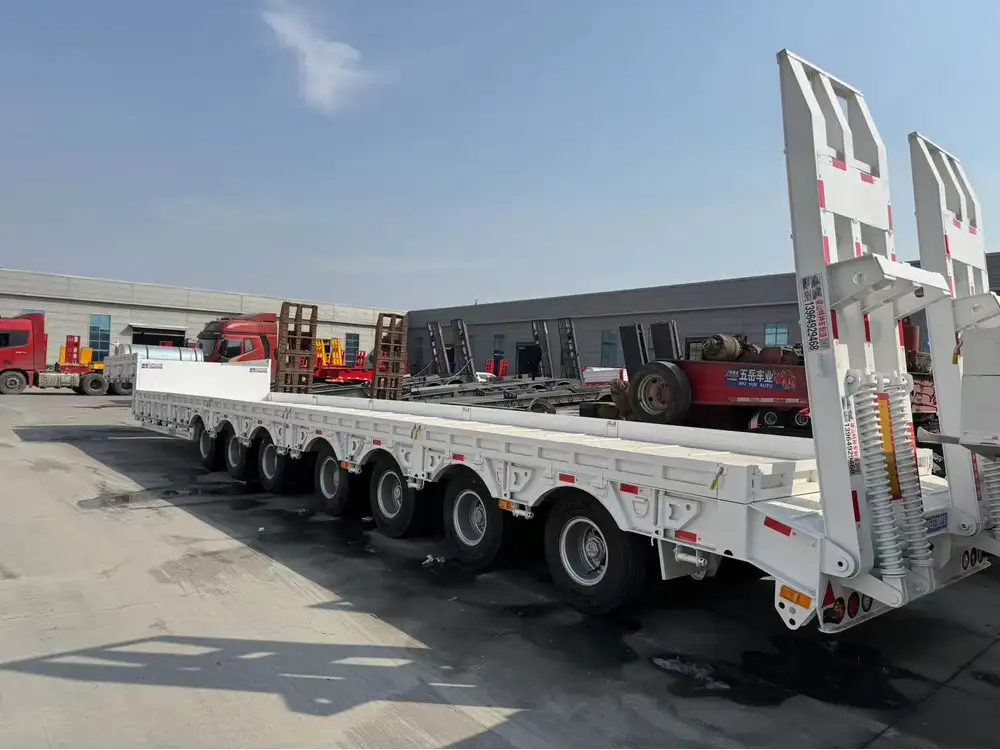
What Types of Materials Can Be Transported?
Belly dump trailers are capable of hauling a diverse range of materials, including:
- Aggregate materials: sand, gravel, crushed stone
- Soils and dirt: used in landscaping or excavation
- Liquid materials: with proper adaptations
What is the Typical Cost of a Belly Dump Trailer?
Prices can vary significantly based on size, features, and manufacturer, ranging from $30,000 to $70,000 or more. It’s advisable to weigh the total cost against expected lifespan and usability across various projects.
Conclusion
Belly dump trailers serve as an essential tool in the transportation and delivery of bulk materials across various industries. Understanding their lengths, features, and applications can help operators maximize their efficiency and ensure they choose the right trailer for their needs. Whether for construction, agricultural, or mining purposes, these versatile vehicles promise reliability, ease of use, and enhanced productivity.
Choosing the right belly dump trailer involves numerous considerations, from project requirements to specific application needs. By ensuring a comprehensive understanding of these factors, businesses can significantly improve their operational workflow, contributing to both time and cost savings in the long run. When in doubt, consulting with manufacturers or industry experts can provide invaluable insights, helping you make informed decisions that best suit your requirements.



